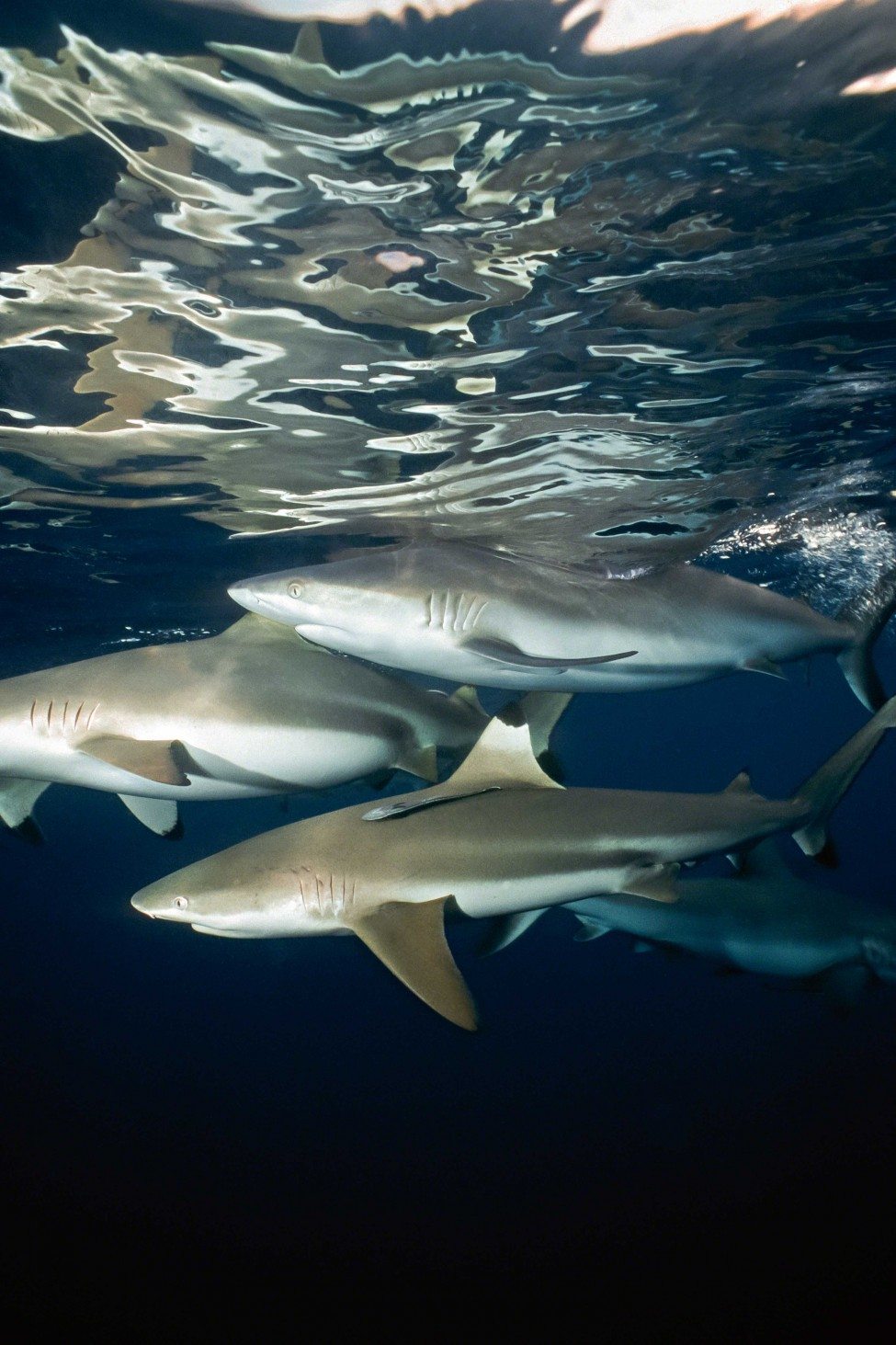The Conclusion
Photo by Leonardo Gonzalez | ShutterStock
Marine protected areas are a provocative topic. Throw out the term at a dinner table of ocean-lovers, fishermen, biologists, conservationists and divers and everyone is bound to have an opinion. Yet common threads have emerged in the science: marine protected areas are good for conserving marine biodiversity. More and bigger fish live inside marine protected areas. There is a greater variety of life inside marine protected areas. And social benefits can accrue – even to fishermen (as we saw on pages 20–21). Marine protected areas provide refuges from fishing that are otherwise growing scarcer each year as vessels encroach on more and more of the ocean.
Another thread to emerge is that not all marine protected areas are equal. Marine protected areas are diverse. And this is not a drawback – it is an asset. There are many types of areas in the ocean that are protected and it is reasonable that we need all kinds of them: those managed by communities, those managed by government, those managed privately, and jointly; the very large, remote marine protected areas and the small, local ones; those that are entirely closed to fishing and those that allow certain kinds of fishing. The options and combinations are all but endless. Marine protected areas are varied, multifaceted tools that can (and should) be moulded to suit particular circumstances and solve specific problems. Each situation is different. And this diversity of marine protected areas will help to create a more resilient protected area system in a changing world.
We also know that marine protected areas are not a miracle panacea; alone they cannot cure all our oceans’ troubles. Oases of protection in oceans that are otherwise uncared for will not lead to seeing our planet and people thrive. For that to happen we need to manage entire oceans with care. Doing that requires more tools: control of the amount of fish taken from the oceans; limits on the number of boats plying the seas; restrictions governing what and how much can and can’t be dumped into marine waters; restrictions on carbon dioxide and other greenhouse gas emissions; and bans on destructive fishing methods. Marine protected areas are among these options – they are one of the ways we can look after our oceans.
And although the future is uncertain, we have ways and opportunities to make marine protected areas work in a changing world. As obstacles arise, so do solutions. Yes, the climate is warming, but our ability to understand global systems is improving. Yes, small communities are disproportionately affected by the declines in fish numbers, but their knowledge is helping the world to find solutions. As Emily Darling points out, we have ways to manage this uncertain future, and we are thinking ahead about tackling it.
These common threads are at the foundation of the marine protected area field, yet there are areas of contention at a higher level. What about the giant, remote marine protected areas? When are marine protected areas good for fisheries management? How do we improve enforcement? These are important areas of debate, ones that need to be thoroughly explored through science and discussion. But the basics remain: marine protected areas are a tool and one to be taken seriously. And the debate among specialists should not drown out the main message for the public and decision-makers: we need more of them.

